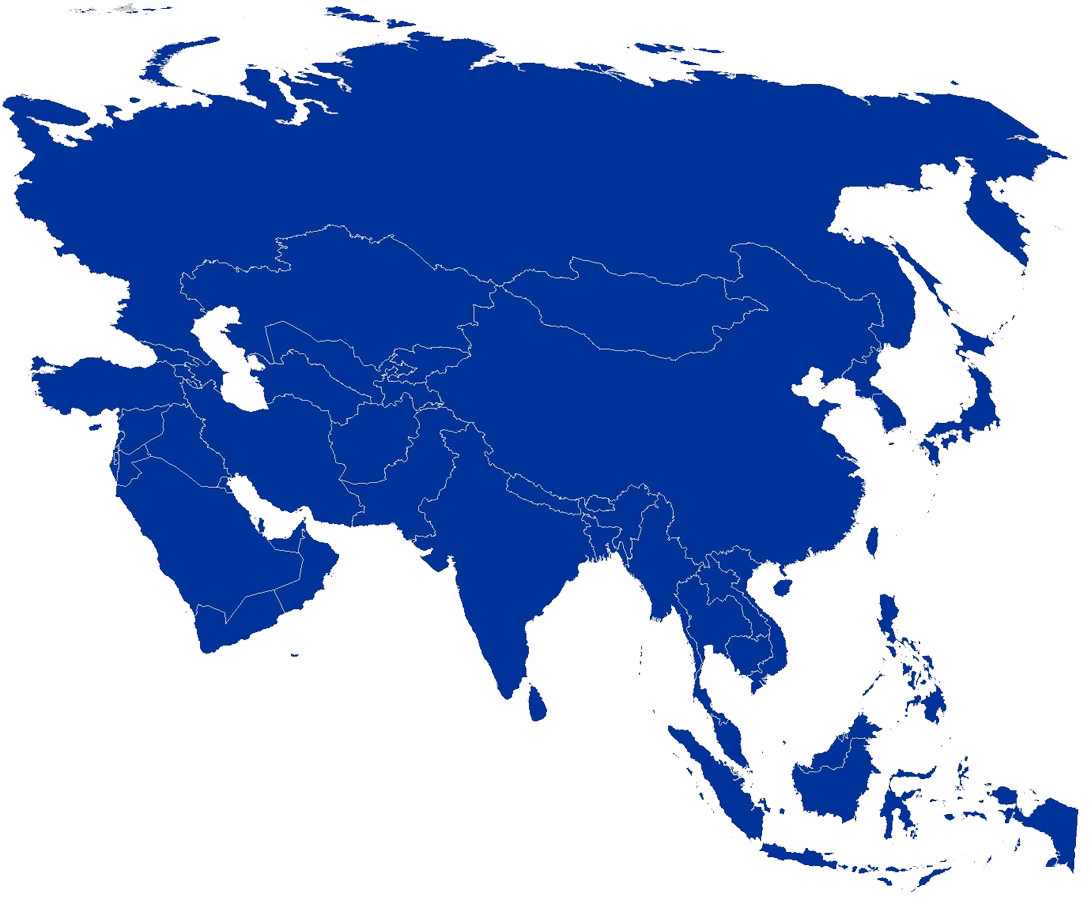
The Asia-Pacific:
where the US military follows its nation’s money
China’s point of view
 Lt. J.G. Jeffrey Fasoli, a gunnery officer aboard the guided-missile destroyer USS Mason, discusses techniques with sailors aboard the Chinese destroyer Harbin before to a combined small-arms exercise in the Gulf of Aden on Aug. 24, 2013.ROB AYLWARD/ U.S. NAVY In the last few years, China has proclaimed jurisdiction over airspace that includes Japan-administered and South Korean-claimed territory; engaged in ship-ramming incidents with the Philippines, Japan and Vietnam near disputed territory; scrambled jets in response to the movements of U.S. allies; and had a fighter plane fly a barrel roll maneuver within 30 feet of a much slower U.S. anti-submarine plane, according to Pentagon officials.
Lt. J.G. Jeffrey Fasoli, a gunnery officer aboard the guided-missile destroyer USS Mason, discusses techniques with sailors aboard the Chinese destroyer Harbin before to a combined small-arms exercise in the Gulf of Aden on Aug. 24, 2013.ROB AYLWARD/ U.S. NAVY In the last few years, China has proclaimed jurisdiction over airspace that includes Japan-administered and South Korean-claimed territory; engaged in ship-ramming incidents with the Philippines, Japan and Vietnam near disputed territory; scrambled jets in response to the movements of U.S. allies; and had a fighter plane fly a barrel roll maneuver within 30 feet of a much slower U.S. anti-submarine plane, according to Pentagon officials.
In nearly every case, China claims the uninhabited territories as theirs by historical discovery, calls their neighbors the true aggressors and refuses to bring its arguments to international court.
China also called for an end to U.S. surveillance flights within its Exclusive Economic Zone – a 200-mile extension from a nation’s shoreline into international waters. Such zones represent more than one-third of the world’s oceans, and all but a handful of nations consider them open to surveillance.
The U.S. response to China’s assertiveness has been to increase military ties with its allies in the region, which Beijing officials view as an attempt to surround their country’s Pacific borders. To China’s south, the U.S. has new rotational troop agreements with the Philippines and Australia. To its east are 50,000 U.S. troops stationed in Japan and about 28,500 more in South Korea. In between, the U.S. Navy holds dozens of exercises and hundreds of port visits annually.
“We think about it as ‘projecting power,’” Smith said. “[China] talks about ‘pushing out.’”
The air defense identification zone that China declared in 2013, to international consternation, can be viewed by China as a buffer zone for the concentration of wealth and trade lining their eastern coastal cities, Smith added.
Beijing’s economic interests in the South China Sea are vast and potentially vulnerable, in the eyes of China’s hawks.
About 83 percent of China’s oil imports flow through the Malacca Strait and into the South China Sea, according to the 2014 Defense Department report to Congress on China.
Chinese trade also accounts for a sizable chunk of global South China Sea trade, which a 2012 Center for Strategic and International Studies study pegged at $5.3 trillion annually.
Pierre Noel, senior fellow for economic and energy security at the International Institute for Security Studies, doesn’t believe that China’s access to trade and resources is vulnerable, barring a major war. Their markets are simply too lucrative to foreign merchants.
However, pro-military hawks in China view U.S. alliances as a security risk, he said.
“Clearly one of the things they emphasize is the security of sea lanes and communications in Asia, which are either directly or indirectly controlled by the U.S., or countries close to the U.S,” Noel said. “This gives those powers, potentially, veto power over the Chinese.”
